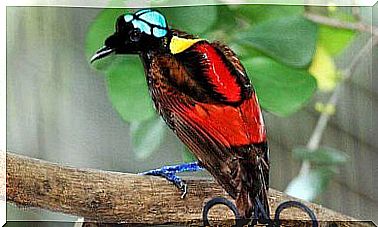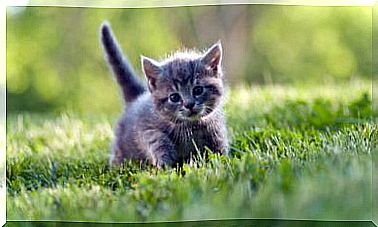Animals Sleeping Standing Up: How Do They Do It?
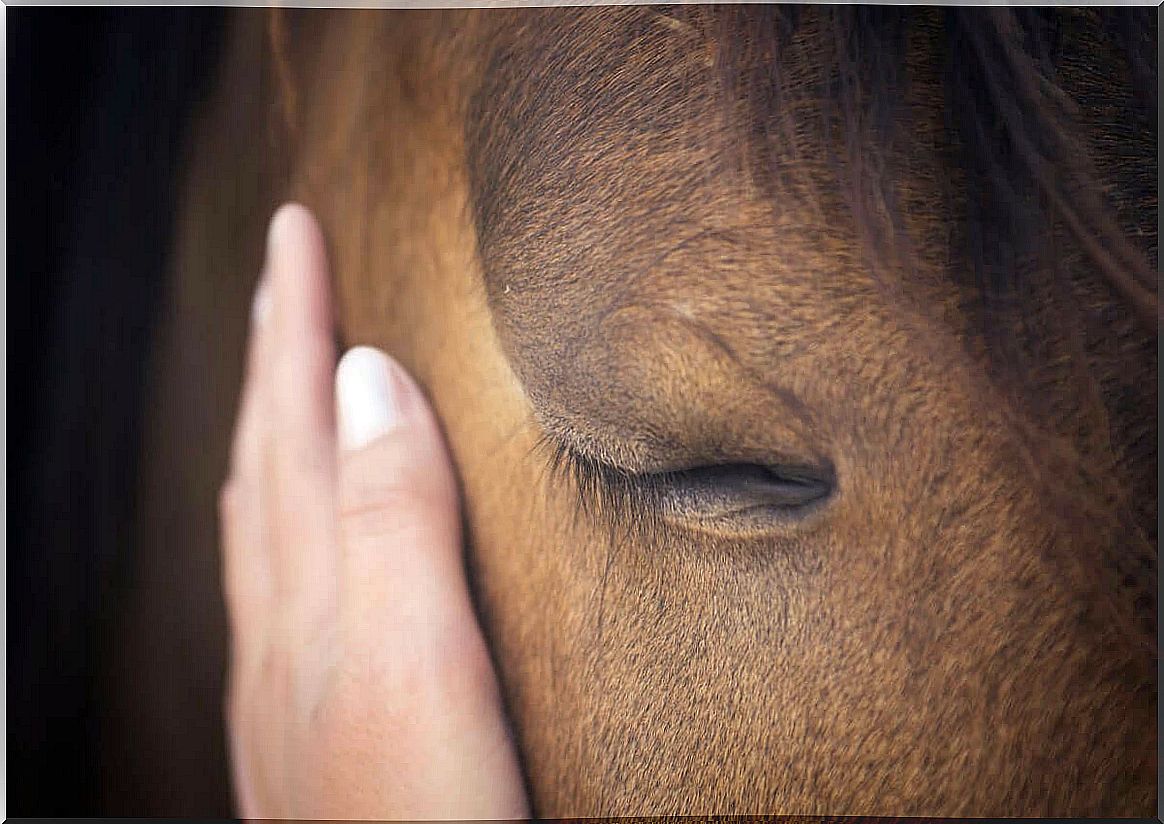
You probably already knew that some animals sleep standing up. A close example of this behavior is urban birds, such as pigeons, which stand on their legs while tucking their heads under their wings.
However, if we think of a human being sleeping on his feet, the first thing that comes to mind is that his knees will bend and he will fall to the ground. So how is it possible that some animals can sleep in this strange posture? Here we give you the answer to this and many other questions.
Why are there animals sleeping standing up?
There is a simple logic behind this phenomenon. If you think about it, most of the animals you can see sleeping upright are prey: cattle, birds, equidae, and others. However, it is easy to spot large predators, such as big cats at the top of the food chain, sleeping completely relaxed and in a vulnerable position.
So why do prey animals sleep standing up? Most of them need to remain upright to facilitate escape from a possible attack. Spending a few seconds getting up from a lying position can represent death to a prey.
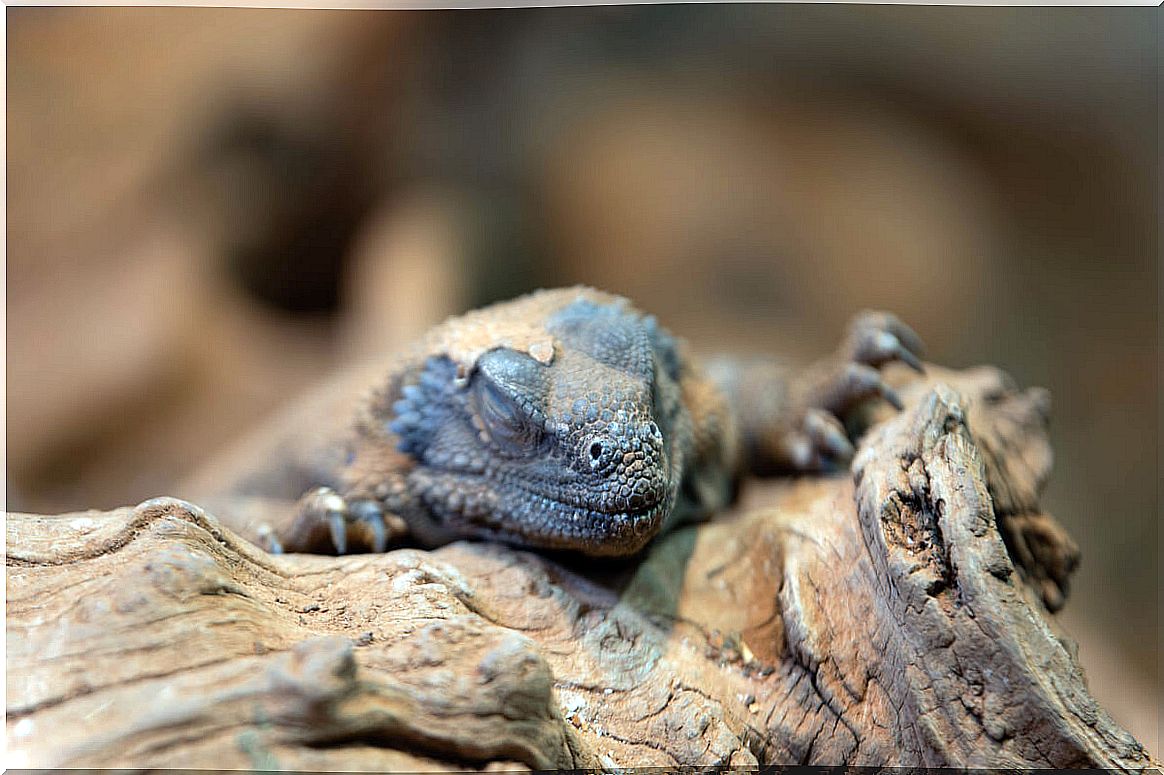
How do they sleep standing up?
While the above explanation makes sense, there is another question to be solved: how is it possible that these living things do not fall when they sleep? How muscles support their body in a relaxation phase.
Animals that sleep standing up have different mechanisms, depending on the species, that allow them to remain in that position. In general, their anatomy favors joint blocks, which allows them to relax without collapsing.
On the other hand, sleeping standing up is not the only strategy that minimally guarantees their safety. Most of these animals do not sleep many hours at a time, but divide the rest period into small naps.
Some animals sleeping standing up
If you are curious to see examples of animals sleeping on their feet, here are some that will allow you to have a broader view of this survival mechanism.
- Horses: These equidae lock the knee, a joint that connects the femur, tibia and patella, allowing them to relax without bending their legs.
- Giraffes: Giraffes sleep at short 10-minute intervals, up to a total of 2 hours per day. In this way, supporting all the weight on the legs is not harmful, given their anatomy and their size.
- Flamingos: Like other birds that sleep on one leg, flamingos can lock the knee joint for balance while tucking their heads under the wing.
- Elephants: Like giraffes, elephants sleep an average of 2 hours a day. It can even go 48 hours without doing it if the need arises. In addition to sleeping on their feet, they do it with their eyes open.
- Passerines : these birds would risk falling from the branch on which they rest were it not for the flexor tendons of the legs. These structures close the fingers around the grip, giving the bird a very solid anchor point.
Some animals, particularly mammals, combine both forms of sleep – lying and standing – according to their needs. For some, in fact, it is necessary to sleep lying down, to promote salivation and digestion, as in the case of horses and cows.
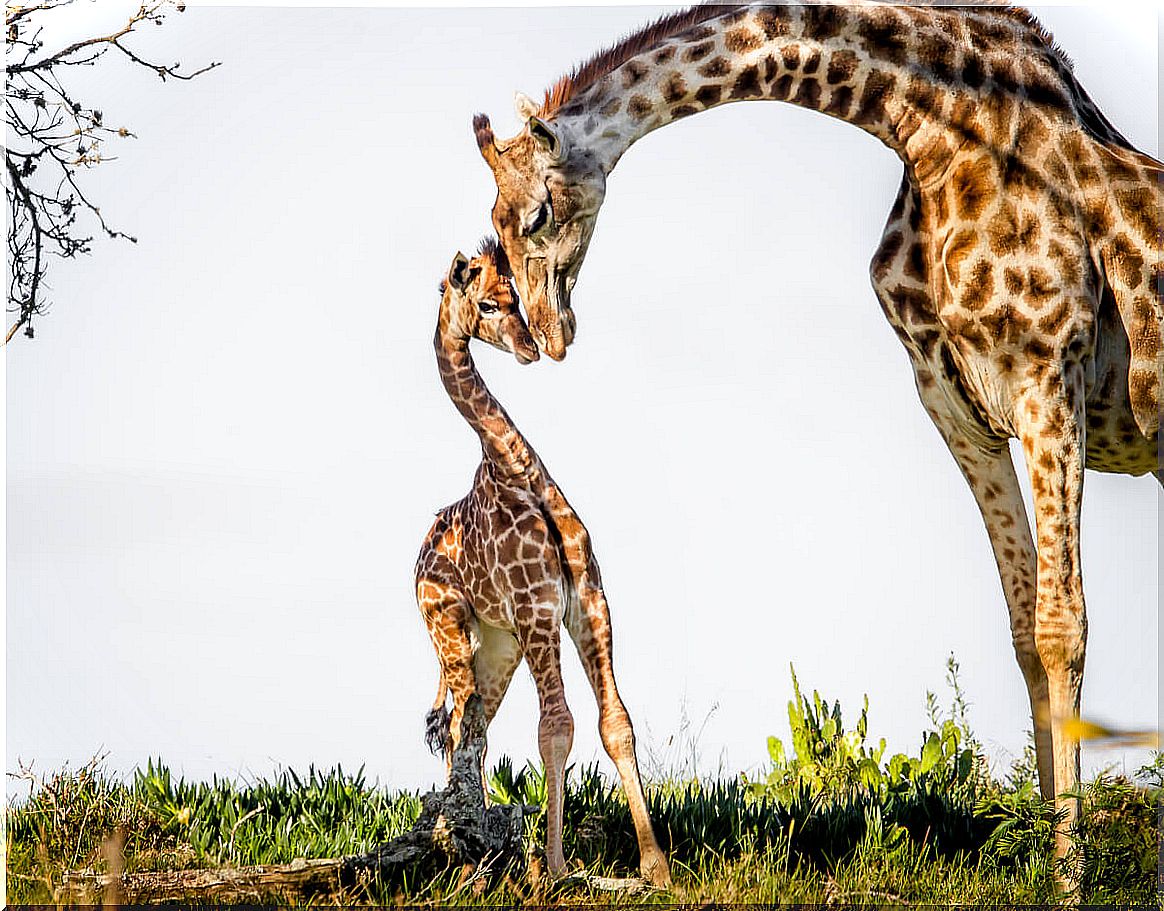
How, when and where a species sleeps reveals its eating habits, the dangers that threaten it, and how it interacts with environmental factors, such as temperature, humidity or the seasons of the year. Nothing in nature happens by chance, since living beings poorly adapted to the environment end up becoming extinct over time.
Investigating the sleep patterns of living beings helps us more and more to understand the dynamics of the natural world. It also allows us to understand more about our own nature.





